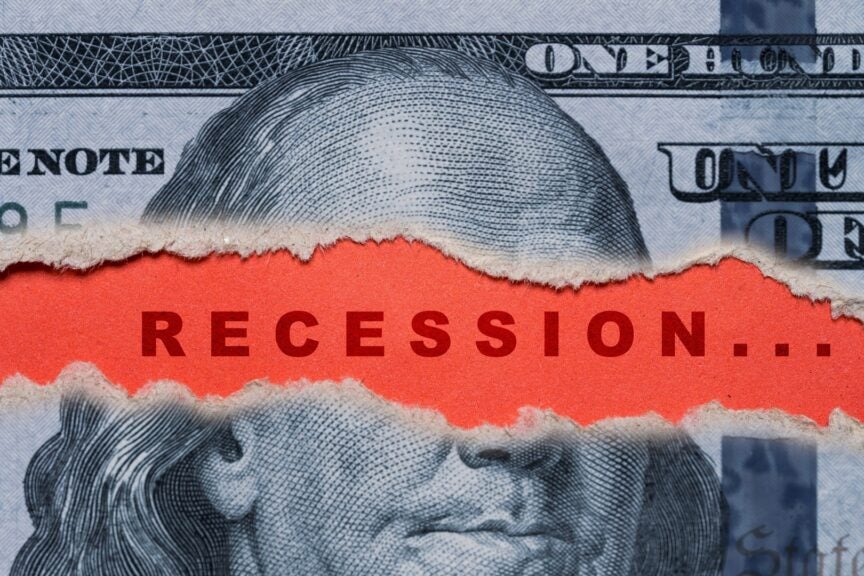The Hidden Signs of Economic Uncertainty: Are We in a Recession?
As inflation lingers, job markets tighten, and consumer confidence wavers, economists and everyday Americans alike are questioning whether the U.S. economy is sliding into a recession. While official data hasn’t declared one yet, subtle warning signs—from rising credit card delinquencies to shrinking business investments—paint a concerning picture. This article examines the undercurrents of economic instability and what they could mean for households and businesses.
Key Indicators Pointing to Economic Fragility
The National Bureau of Economic Research (NBER) defines a recession as “a significant decline in economic activity spread across the economy, lasting more than a few months.” While GDP growth has slowed—from 2.9% in 2022 to 1.9% in 2023—other metrics suggest deeper cracks:
- Consumer Debt: Credit card balances surged to $1.13 trillion in late 2023, with delinquency rates hitting 3.1%, the highest since 2012.
- Business Contraction: The Institute for Supply Management’s (ISM) Purchasing Managers’ Index (PMI) fell below 50 (indicating contraction) for seven consecutive months.
- Labor Market Shifts: While unemployment remains low at 3.9%, job openings have dropped by 15% since their 2022 peak.
“These are classic recessionary red flags,” says Dr. Elena Torres, a senior economist at the Brookings Institution. “When consumers and businesses simultaneously pull back, it creates a feedback loop that can accelerate decline.”
The Consumer Squeeze: Rising Costs and Stagnant Wages
Despite cooling inflation, prices for essentials like groceries, housing, and healthcare remain 19% higher than pre-pandemic levels. Wage growth, meanwhile, has stagnated, rising just 0.2% in Q1 2024 after adjusting for inflation.
“Families are dipping into savings or relying on credit to cover basics,” notes financial analyst Mark Reynolds. “The personal savings rate has plummeted to 3.5%, down from 8% in 2021. That’s unsustainable.”
Retail sales data reflects this strain: discretionary spending on electronics, apparel, and dining out fell 1.7% year-over-year, while discount retailers like Dollar General reported record foot traffic.
Business Sentiment and Investment Slowdown
Corporate leaders are also bracing for turbulence. A 2024 PwC survey revealed that 43% of CEOs expect declining profitability due to economic uncertainty. Many are delaying expansions, with business investment growth dropping to 1.4% in Q1 2024—half the rate of 2023.
Small businesses, which employ 46% of U.S. workers, face acute pressure. The NFIB Small Business Optimism Index hit a 10-year low in April, with 32% of owners citing inflation as their top concern. “When Main Street struggles, it’s a bellwether for broader trouble,” warns NFIB chief economist Bill Dunkelberg.
Diverging Views: Is This Just a ‘Soft Patch’?
Not all experts agree a recession is imminent. The Federal Reserve maintains that the economy is stabilizing, pointing to resilient consumer spending (up 2.1% in Q1) and a rebound in manufacturing activity. “We’re seeing a mid-cycle slowdown, not a collapse,” argues Fed Chair Jerome Powell.
Others highlight strong sectors like renewable energy and AI-driven tech, where investment grew by 22% and 18%, respectively, in early 2024. “The economy is rebalancing, not retreating,” says Goldman Sachs analyst Priya Patel.
What a Potential Recession Could Mean for You
If a downturn materializes, households should prepare for:
- Job Market Volatility: Layoffs may rise, particularly in interest-sensitive industries like real estate and construction.
- Tighter Credit: Banks could restrict lending, making mortgages and car loans harder to secure.
- Market Swings: Stock and housing markets may face corrections, though historically, they recover long-term.
Economists recommend proactive measures:
- Build an emergency fund covering 3–6 months of expenses.
- Reduce high-interest debt to avoid compounding costs.
- Diversify income streams, such as freelance work or rental income.
“Recessions are inevitable, but panic isn’t,” advises Torres. “Focus on controllables—budgeting, upskilling, and staying informed.”
The Road Ahead: Monitoring the Economic Pulse
Key reports to watch include Q2 GDP data (due July 2024), monthly jobs figures, and consumer sentiment indices. While risks loom, the U.S. economy has weathered storms before. For now, vigilance—not alarm—is the wisest stance.
Stay updated with credible sources like the Federal Reserve and Bureau of Labor Statistics, and consider consulting a financial advisor to tailor strategies to your situation.
See more CCTV News Daily
